Core-network
BIT has a core-network between six locations. A fibre optic cable runs between four of these locations, namely BIT-1 (Ede), BIT-2 (Ede), Interxion Science Park (formerly SARA) (Amsterdam) and Equinix AM7 (Amsterdam). Additionally, BIT is situated in Frankfurt. BIT rents rack space in two Amsterdam-based and one foreign-based location. BIT-1 and BIT-2 are owned by BIT.
Redundant design
The fibre optic paths from BIT-1 to Telecity 2 and from BIT-2 to Interxion Science Park have been purchased with different suppliers by means of long-term contracts to which a strict SLA is applicable. These two fibre optic paths are physically separated along the entire routes, so any digging activities or other problems can never affect both paths simultaneously. The fibre optic cables to Frankfurt do not pass through Amsterdam, so any malfunctions that may occur there will not affect our and your internet connectivity.
BIT uses a DWDM-technique to send different wavelengths of light over the same fibres. This technique enables the capacity of the connection to grow as the demand grows. To intercept failures in the fibre optic connections, BIT has adopted a protocol to detect the failure in the connection and switch to another route. This switch happens so fast that the connections are not hindered by it. The routers have been set up in such a way that when one of the routers fails, the data is routed through the other router.
Peering and transit: agreements for optimal availability
A connection between the BIT-network and another ISP network can be established in two ways. With ISPs in our close surroundings we can directly process data, without intervention of a third party. We call this peering. Such exchanges occur in Internet Exchanges (IX). We use an 'open peering policy': we peer with every party that presents itself on these Internet Exchanges.
For connections with ISP networks that are further away, we use transit partners: parties that connect us to Internet Exchanges in, for example, America and Asia. We select our transit partners based on quality and the scope of their network. We have a minimum of two transit partners per connection and every transit partner offers multiple routes to the same connection. If, for whatever reason, a route or a transit partner fails, an alternative is always easily employable.
BIT's IP-network is connected with multiple IP-transit suppliers. Every single one of our transit connections is linked to our network on a different location. Additionally, BIT is connected to several Internet Exchanges: AMS-IX (the Amsterdam Internet Exchange, also situated in two geographically separated locations), NL-ix (the Neutral Internet Exchange, also situated in two geographically separated locations) and DE-CIX (Frankfurt, the German Internet Exchange). IPv6 is supported on BIT's IP-network.
Would you like to know more?
Please feel free to contact us: +31 (0)318 648 688 or sales@bit.nl

